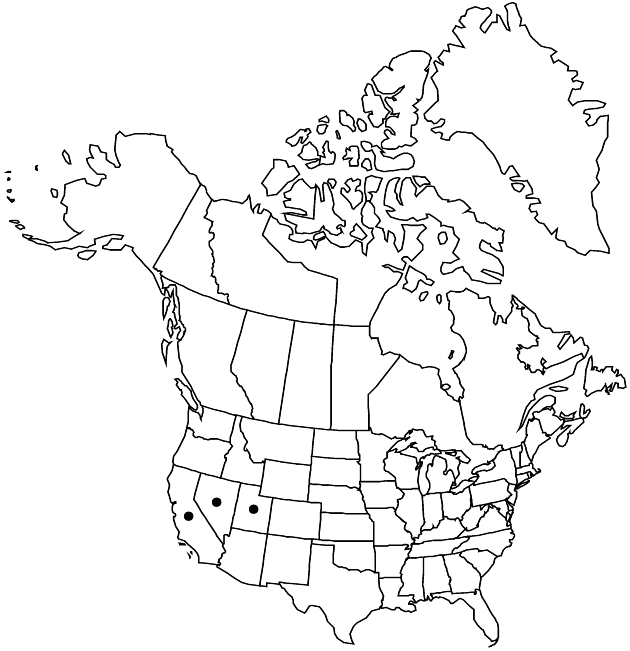Difference between revisions of "Hymenopappus filifolius var. eriopodus"
Rhodora 58: 225. 1956.
Basionym: Hymenopappus eriopodus A. Nelson
FNA>Volume Importer |
FNA>Volume Importer |
||
| Line 49: | Line 49: | ||
|publication year=1956 | |publication year=1956 | ||
|special status= | |special status= | ||
| − | |source xml=https://jpend@bitbucket.org/aafc-mbb/fna-data-curation.git/src/ | + | |source xml=https://jpend@bitbucket.org/aafc-mbb/fna-data-curation.git/src/8f726806613d60c220dc4493de13607dd3150896/coarse_grained_fna_xml/V19-20-21/V21_762.xml |
|tribe=Asteraceae tribe Heliantheae | |tribe=Asteraceae tribe Heliantheae | ||
|subtribe=Asteraceae (tribe Heliantheae) subtribe Hymenopappinae | |subtribe=Asteraceae (tribe Heliantheae) subtribe Hymenopappinae | ||
Revision as of 15:37, 18 September 2019
Stems 40–80 cm. Leaves: basal axils ± densely tomentose, terminal lobes 6–40 mm; cauline 2–7. Heads 3–8. Peduncles 8–16 cm. Phyllaries 7–10 mm. Florets 30–60; corollas whitish, 4–5 mm, throats 2–3 mm, lengths 3–5 times lobes; anthers 3–3.5 mm. Cypselae 5–6 mm, hairs 0.5–1.5 mm; pappi 1.5–2 mm.
Phenology: Flowering May–Jul.
Habitat: Limestone outcrops
Elevation: 1500–3000 m
Distribution

Calif., Nev., Utah.
Discussion
Selected References
None.
Lower Taxa
None.